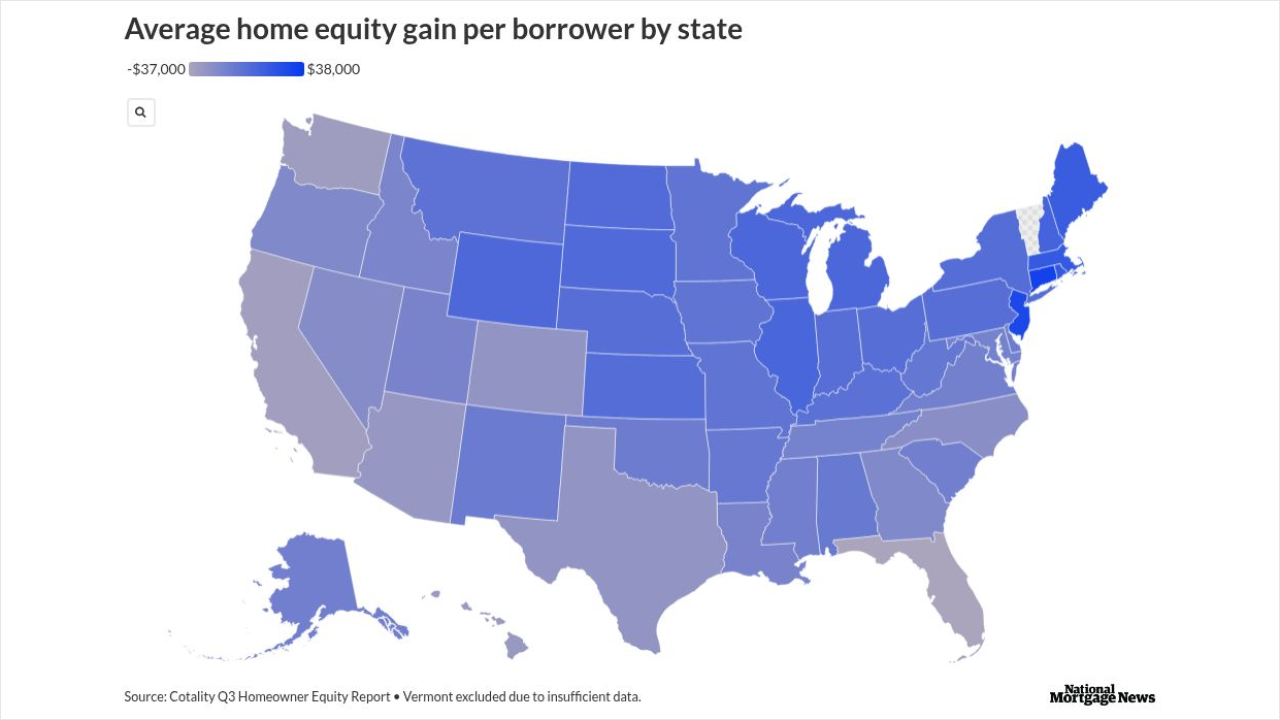Subprime auto loan securitizations continued to underperform in July, with net losses and delinquencies continuing to increase month-over-month and year-over-year, according to Kroll Bond Rating Agency.
In Kroll’s monthly non-prime auto loan index, collateral performance suffered as the percentage of cured 60-day-plus delinquencies (formerly delinquent accounts that have since become current) was only 14.2% for subprime borrowers, compared to 16.2% in June. Charge-offs on 60-day-plus delinquencies were down to 23.4% for non-prime borrowers compared to June (24.1%), but are still at near peak levels over the course of the past year.
“Notably, although non-prime charge-offs have remained fairly steady over the past year, the decline in the 60+ day cure rate is somewhat concerning as it could lead to increased losses in the coming months,” according to Kroll analysts.
Net subprime losses for July were 7.3%, which was up 67 basis points from June and 25 basis points over July 2018. Sixty-day delinquencies were up 59 basis points from June to 4.41%, which is an increase of 67 basis points year-over-year.
Kroll said the month-over-month increase “was likely driven by seasonal factors, as the benefit of tax refunds has already dissipated and borrowers are spending on summer travel.”

Kroll’s prime auto loan index also had signs of deteriorating credit conditions, with annualized net losses last month increasing 10 basis points to 0.56% compared to June, while 60-day-plus delinquencies rose three basis points month-over-month to 0.42%.
But year-over-year performance improved, with July marking “the 18th consecutive reporting period in which net losses and delinquency rates have fallen [year-over-year] within the index,” the report stated. The “favorable” year-over-year performance is due to both a heavier concentration of captive finance lenders in the index – lenders who historically report fewer losses and delinquencies – as well as tighter underwriting from a number of prime issuers included in the index, according to Kroll.





